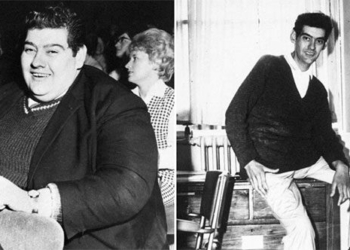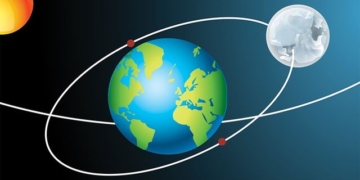The device, the size of a coin, shows that the limits of science are immeasurable.
In a newly published study, physicists at the University of Maryland, USA, have created a particle accelerator the size of a coin, called the Nanophotonic Electron Accelerator (NEA).

Successfully developed the smallest particle accelerator in the world, the size of a coin. (Image: FAU).
The structure consists of a microchip containing an extremely small accelerator tube that is only 0.5mm long and about 225 nanometers wide. This size is approximately 54 million times smaller than the Large Hadron Collider (LHC). The device uses laser pulses to accelerate negatively charged electrons.
During the experiments, scientists used the NEA to accelerate electrons from an energy level of 28.4 kiloelectron volts (keV) to 40.7 keV, an increase of about 43%.
Although this energy level is only a fraction compared to the LHC, scientists believe they can improve the NEA design to accelerate electrons even further.
In the future, the NEA accelerator could be utilized in many fields, including fundamental research, medicine, and materials science.
For instance, the energy emitted from the electrons accelerated in the NEA could replace current radiation methods used to destroy cancer cells, which carry many risks.
“One potential application is to place the particle accelerator on an endoscope to perform direct radiation therapy in the affected area of the body,” said Tomas Chlouba, the lead author of the study.





















































